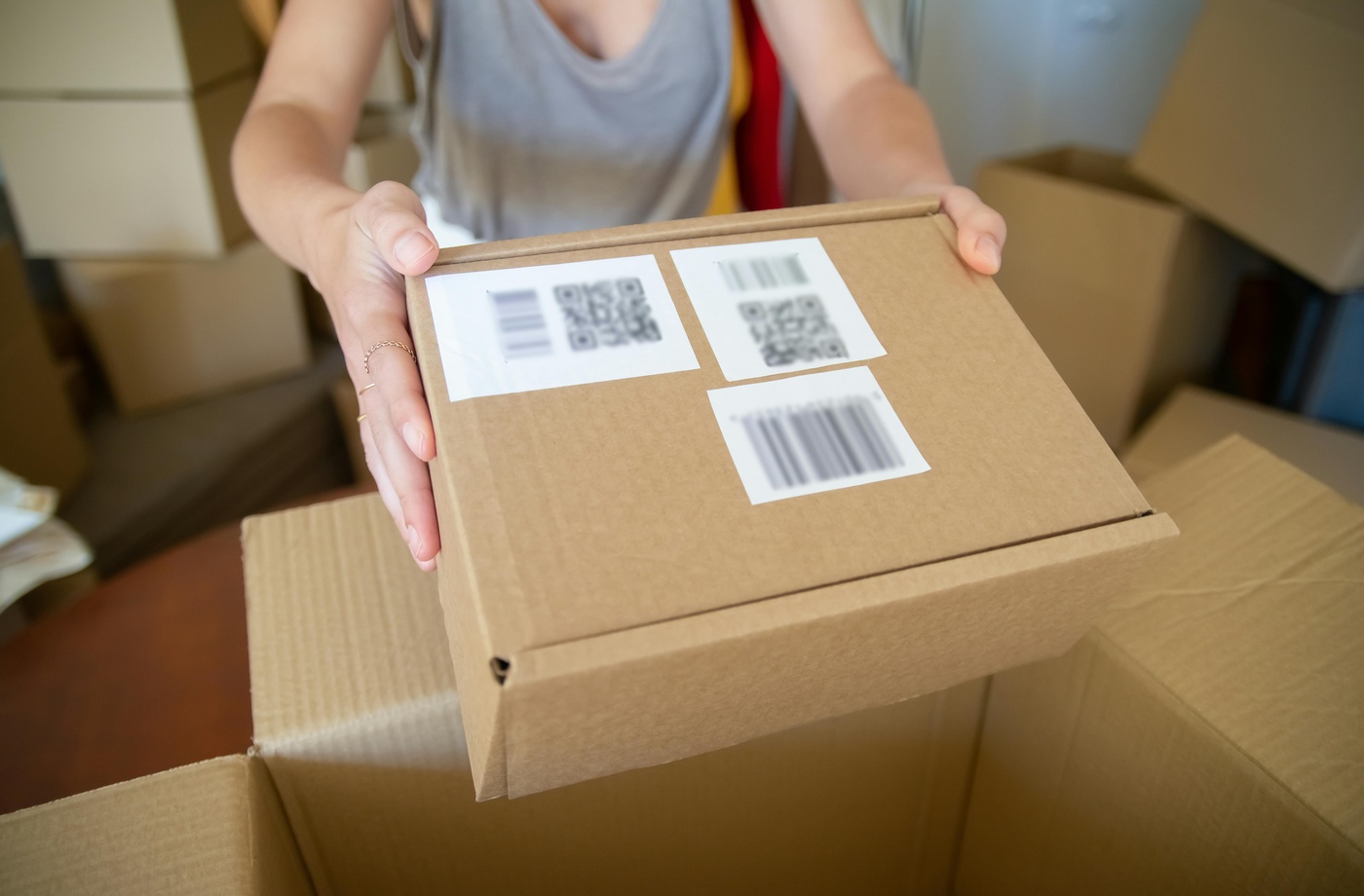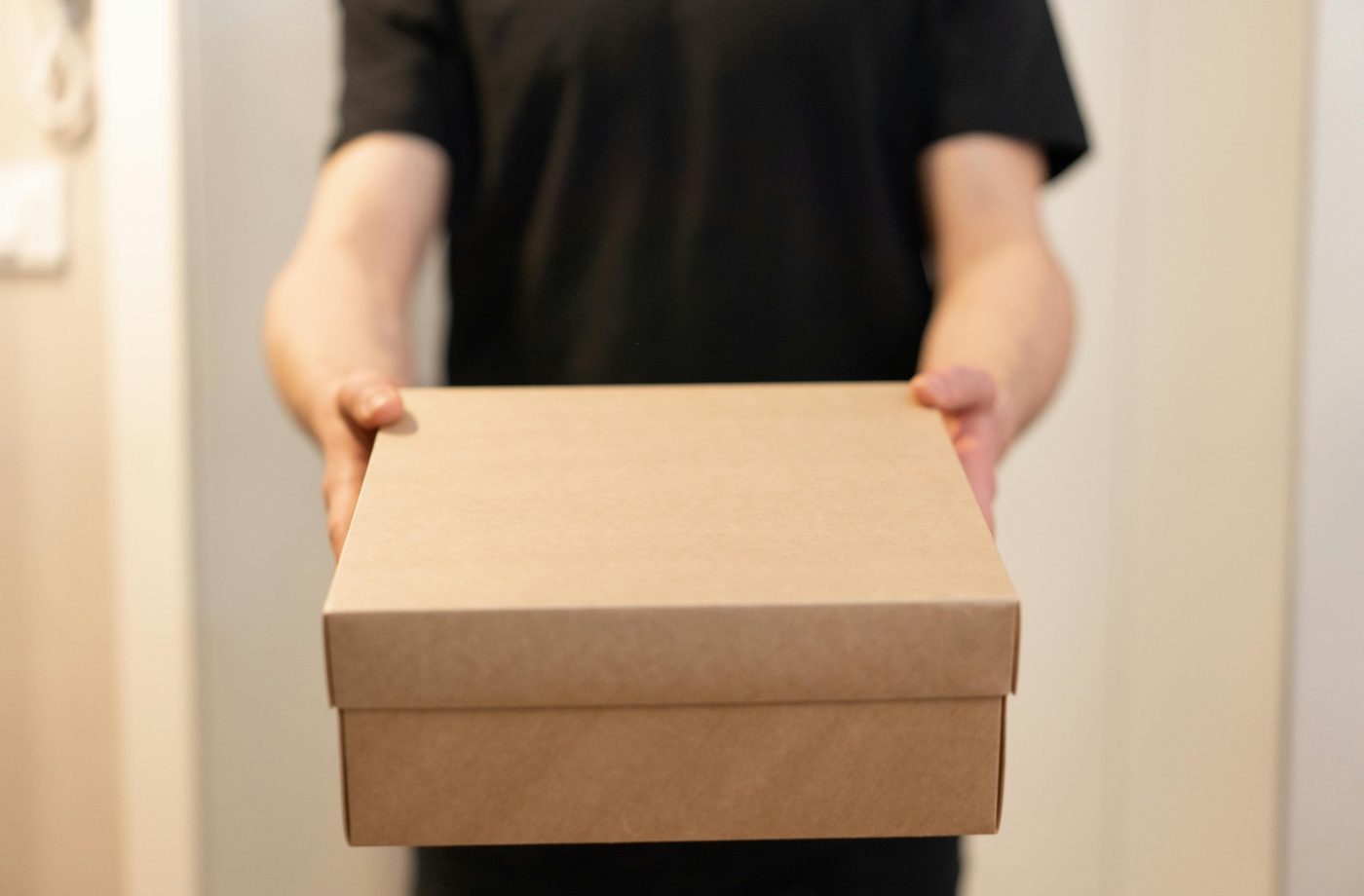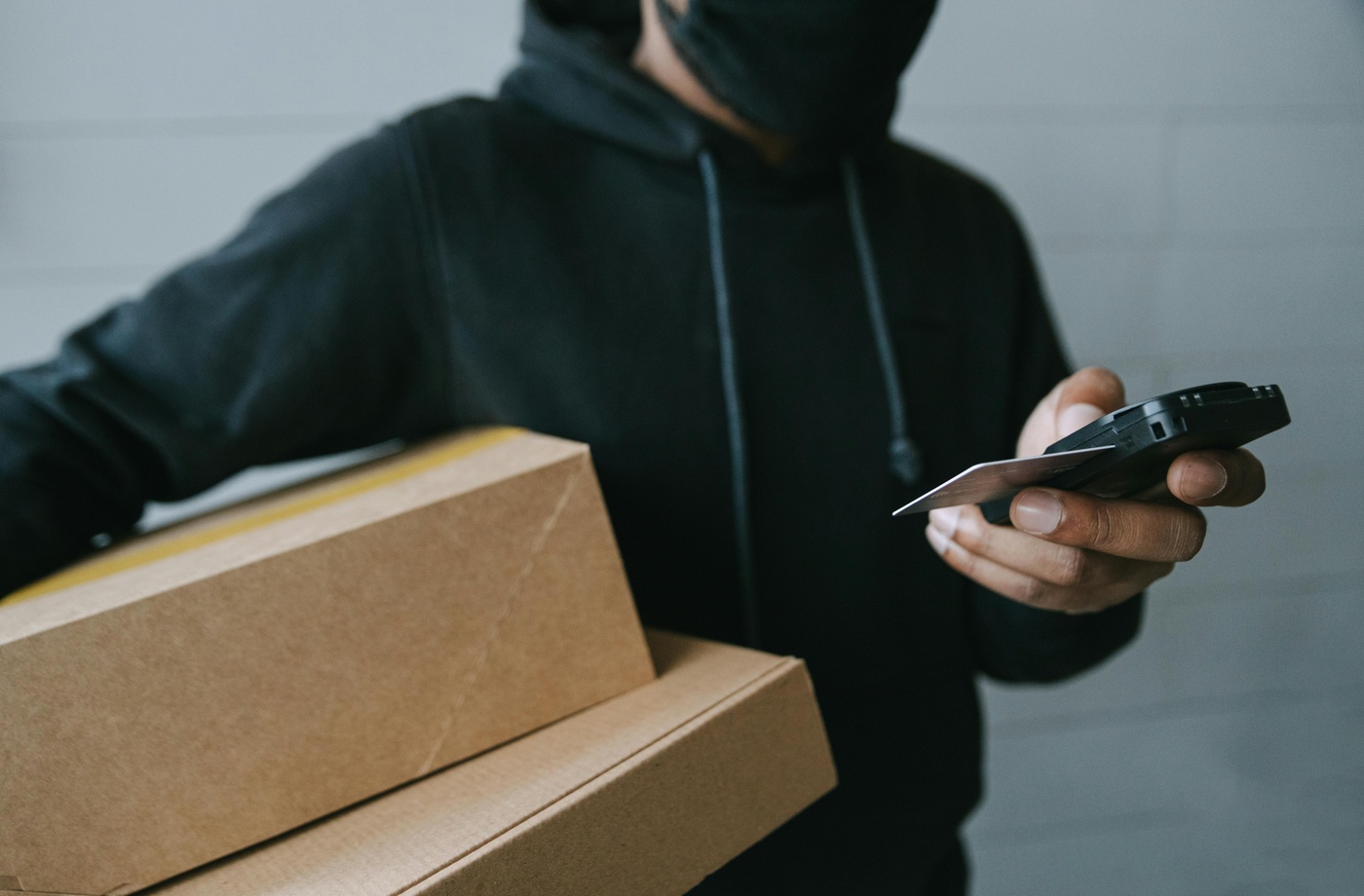Efficient package tracking is essential for businesses and individuals who want to stay informed about the status and location of their shipments. Tracking not only improves customer satisfaction by providing transparency but also helps proactively address delivery issues. This guide outlines the best practices and tools for tracking packages more effectively.
Use Carrier Tracking Tools
Most carriers provide tracking numbers and online tools that allow you to monitor your shipments in real time. Major carriers like USPS, UPS, FedEx, and DHL offer detailed tracking information including transit status, estimated delivery dates, and delivery confirmations.
Consolidate Tracking Information in One Platform
Managing multiple shipments across different carriers can be challenging. Use third-party package tracking platforms such as Parcel Monitor, AfterShip, or Route to consolidate tracking details in a single dashboard. These platforms often provide shipment notifications, delivery estimates, and alerts for exceptions.
Automate Tracking Notifications
Automate email or SMS updates for yourself and your customers by integrating tracking tools into your order management system. This reduces manual communication and improves transparency. Many e-commerce platforms like Shopify and WooCommerce offer built-in tracking notification features or support integrations with tracking apps.
Leverage Shipping Software with Tracking Features
Shipping software such as ShipStation, Shippo, and Easyship not only help you compare rates but also include centralized tracking dashboards. This enables easier monitoring of multiple shipments and quick access to tracking information.
Use Barcode Scanners and Mobile Apps for In-House Tracking
For businesses managing their own fulfillment, barcode scanners and mobile apps can streamline package scanning during processing and shipping. This reduces errors and updates tracking status in real time.
Track International Shipments Carefully
International shipments may pass through multiple carriers and customs checkpoints, causing tracking delays. Use specialized tools like 17track.net to track packages across various carriers worldwide.
Offset Tracking Costs with Cashback Apps
Some premium tracking services or shipping insurance fees can add to costs. Using cashback platforms like Rakuten or Ibotta can help offset these expenses. Additionally, purchasing shipping gift cards through Fluz enables you to earn cashback with a UPS gift card or get rewards with a FedEx gift card, lowering overall shipping and tracking costs.
Set Clear Customer Expectations
Ensure customers understand how and when they will receive tracking information. Providing accurate delivery estimates and proactive updates can reduce support inquiries and improve satisfaction.
In Conclusion
Tracking packages efficiently is critical to managing shipments and maintaining customer trust. By using carrier tools, consolidating tracking platforms, automating notifications, and leveraging shipping software, you can streamline your tracking process. Combining these strategies with savings from cashback apps and discounted gift cards through Fluz will help keep your shipping costs in check while delivering a smooth experience.



